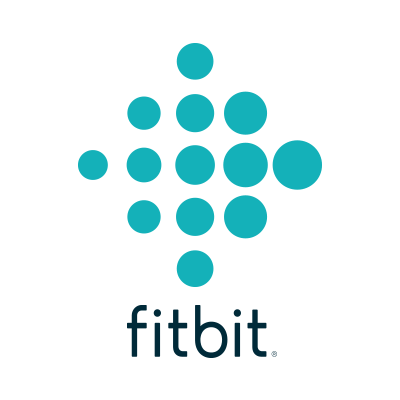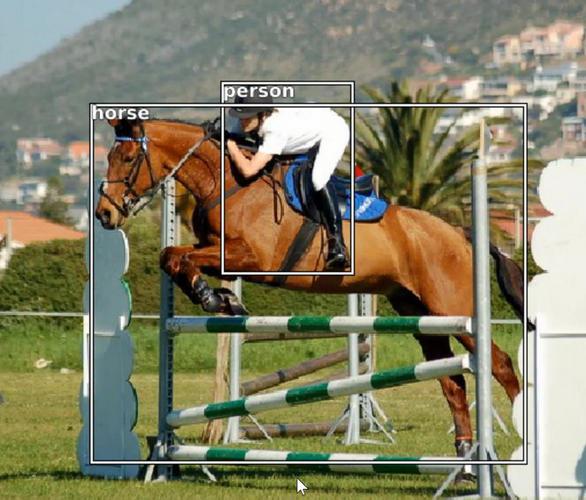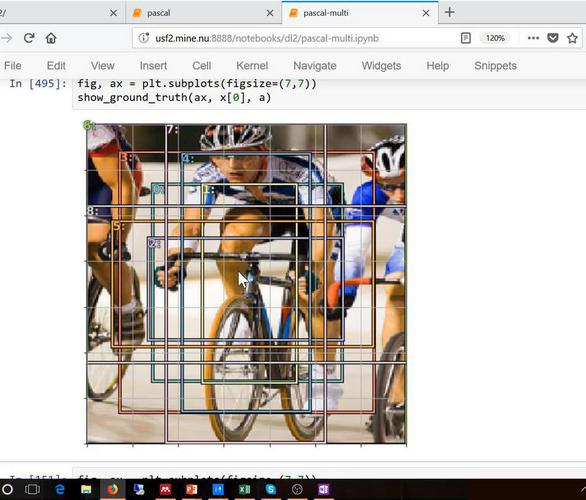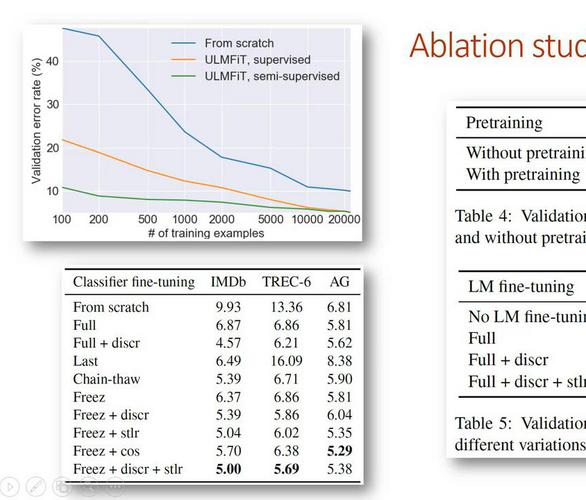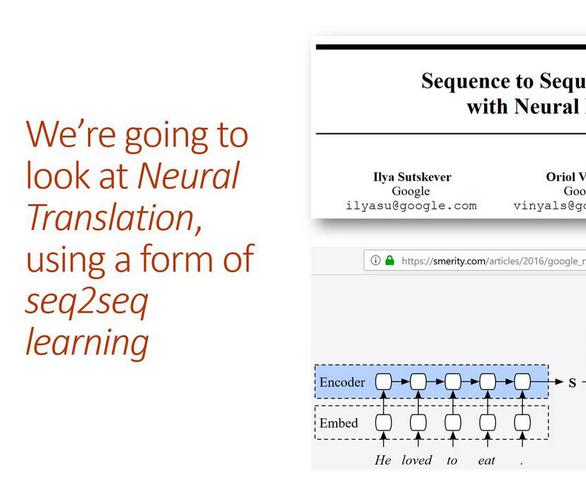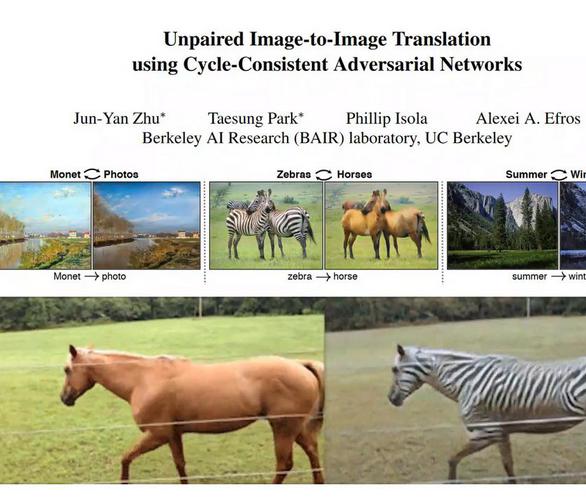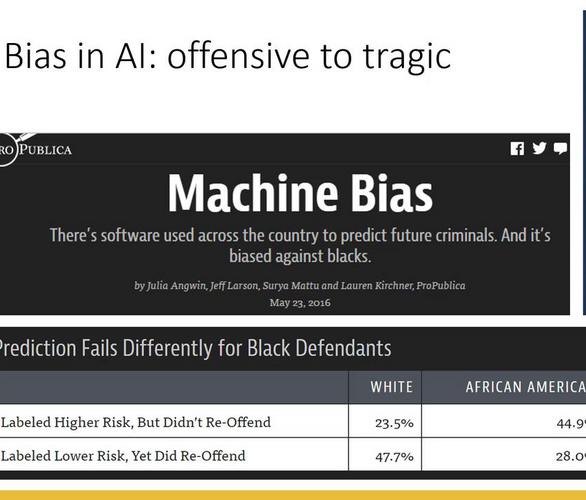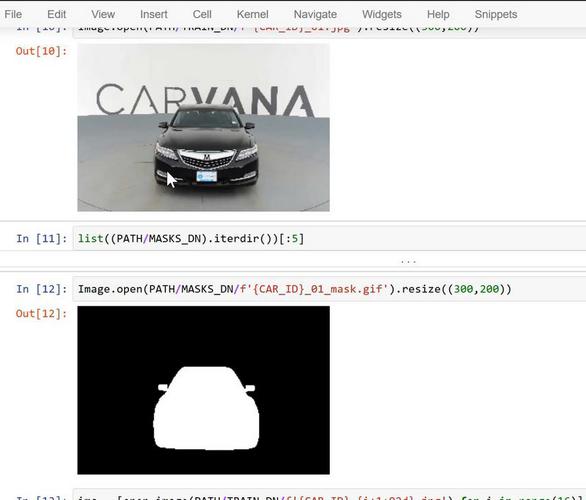Welcome to the new 2018 edition of fast.ai's second 7 week course, Cutting Edge Deep Learning For Coders, Part 2, where you'll learn the latest developments in deep learning, how to read and implement new academic papers, and how to solve challenging end-to-end problems such as natural language translation. You'll develop a deep understanding of neural network foundations, the most important recent advances in the fields, and how to implement them in the world's fastest deep learning libraries, fastai and pytorch. This course contains all new material, so if you've already completed the 2017 version, you'll find plenty here to keep you busy too!
“fast.ai... can actually get smart, motivated students to the point of being able to create industrial-grade ML deployments”
This course assumes you are familiar with part 1, Practical Deep Learning for Coders, so head over there if you haven't completed that course, or are not already familiar with current deep learning best practices. We will be assuming familiarity with everything from part 1, such as: CNNs (including resnets), RNNs (including LSTM and GRU), SGD/Adam/etc, batch normalization, data augmentation, PyTorch, and numpy. Like in part 1, there are around 20 hours of lessons, and you should plan to spend around 10 hours a week for 7 weeks to complete the material. The course is based on lessons recorded at The Data Institute at USF.

The lessons / View details
Resources
What you need to succeed
What our graduates say / View all
I’ve tried (and if I’m honest) failed to scale the steep deep learning curve many times. I realise with hindsight it was the equations that were preventing me from becoming a deep learning practitioner. Jeremy brought me up to speed with the state-of-the-art, and within two weeks I was in the top half of the leaderboard for three Kaggle competitions.
If you are looking to venture into the Deep learning field, look no further and take this course. It is very hands-on and adopts a top-down approach, which means everyone irrespective of varying knowledge can get started with implementing Deep learning models immediately. Another major factor why this course is very appealing is its emphasis on social relevance. That is, how can we use this awesome technology to serve the world better?
This course filled a gap I couldn't find anywhere else—there really is no other source where I could learn from a 'code first' perspective. This means you can prod, poke, and cajole these networks in different ways, and see how they respond. You can quickly feel an intuitive perspective growing as you explore.
I teach machine learning in a master’s degree program. After this course, I cannot ignore the new developments in deep learning—I will devote one third of my machine learning course to the subject. Also, I now have the tools to apply deep learning models to real world problems.
It was very empowering to be able to start training a model within minutes downloading the Jupyter notebooks. Jeremy and Rachel were excellent instructors and the content was high quality and enlightening. It was very cool to be able to read blogposts about the latest Deep Learning research and actually be able to understand it. I was surprised to be able to match academic results from just 2 years ago with pretty simple architectures.
I'm a CEO, not a coder, so the idea that I'd be able to create a GPU deep learning server in the cloud meant learning a lot of new things—but with all the help on the wiki and from the instructors and community on the forum I did it! Jeremy is an incredible instructor and is able to make what might seem like a difficult subject completely accessible.
Sometimes I feared whether I would be able to solve any deep learning problems, as all the research papers I read were very mathy beyond reach of simple intuitive terms. But Jeremy and Rachel (Course Professors) believe in the theory of 'Simple is Powerful', by virtue of which anyone who takes this course will be able to confidently understand the simple techniques behind the 'magic' Deep Learning.
Running a company is extremely time intensive, so I was a weary of taking on the commitment of the course. It was definitely worth it, though. It smashed my preconceptions about the technological obstructions to doing deep learning, and showed again and again examples where just a small subset of the training data and just a few epochs of training on standard GPU hardware could get most of the way towards a really good model
It can take years to develop the necessary skills and knowledge for Deep Learning, especially without the support of mentors and peers. Not only did Jeremy teach us the most valuable methods and practices, he provided us with an invaluable community and environment. The course exceeded my expectations and showed me first hand how both Deep Learning and ourselves could change the world for better.
Participants from:

